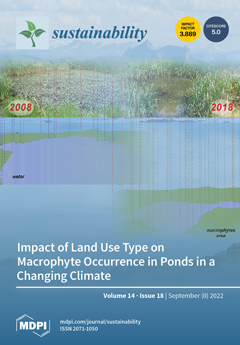Background: The “walk-along interview” (WAI) is a qualitative spatial method that consists of a researcher walking alongside a participant during the time of an interview to identify perceived neighborhood environments. The use of the WAI method increased in various disciplines, including the fields
[...] Read more.
Background: The “walk-along interview” (WAI) is a qualitative spatial method that consists of a researcher walking alongside a participant during the time of an interview to identify perceived neighborhood environments. The use of the WAI method increased in various disciplines, including the fields of public health and gerontology, to assess the relationship between the individual, spaces, and walking activity. However, how and in what settings the WAI method has been implemented with healthy older adults needs to be documented and synthesized.
Objective: Our aim is to conduct a systematic review of published studies that have used the WAI method to identify the perceived neighborhood environment correlates of walking activity in healthy older adults, with a specific focus on the methodological aspects related to the data collection of this method.
Methods: Following the PRISMA guidelines, PubMed, Web of Science, Scopus, and SocINDEX databases were systematically searched with no limitations on publication date.
Results: From 99 articles identified, 31 met all inclusion criteria, totalizing 1207 participants. Description of the method through the assessment of participants and environmental characteristics and the data collection (before, during, and after WAI characteristics).
Conclusions: This review provides detailed information WAI method to assess perceived neighborhood and walk activity among healthy older adults. WAI provides different sets of opportunities and challenges. Some suggestions, such as exhaustive participants’ socio-demographics, anthropometric descriptions and data collection methods, were highlighted to be essential elements when conducting WAIs. In addition, the current findings of this review could serve as a basis for researchers, students, and the professional community who wish to apply the WAI.
Full article





